My immediate thought about hearing of Jim Shooter’s passing this week was about the times in recent years where we got to spend time talking and dining together at conventions like the Big Lick shows in VA and this past April’s New Jersey Super-Con. I was happy to get to know Jim better at shows like these, and he was a frequent co-panelist on a licensed comics panel we did at SDCC every year.
But none of that is ultimately important. I mean, it’s important and meaningful to me, but it also doesn’t really matter in terms of affecting how I felt about Jim Shooter the comic-book legend, because those opinions were formed early on through my enjoyment of his work, which is as it should be.
Jim accomplished a lot in his time as Marvel Comics’ editor-in-chief, but even that decade-plus doesn’t fully define a career that lasted 60 years — Jim broke in as a comic-book writer for DC comics while a freshman in high school — and there will surely be better, more lengthy remembrances of his life and legacy by those who knew him better or who can spend time on his post-Marvel years launching Valiant Comics, Broadway Comics, and other such things.
But for me, as an early comic reader and primarily a Marvel reader, Shooter’s time at Marvel led to the company’s flagging fortunes turning around, and leading to some of the most beloved creative partnerships in the company’s history.
Jim presided over Marvel’s ‘80s peak, which saw creative teams such as J.M. DeMatteis and Mike Zeck on Captain America; John Byrne’s time as writer/artist on Fantastic Four and Alpha Flight; Frank Miller and David Mazzucchelli’s Daredevil (followed by the equally dazzling period of Ann Nocenti and John Romita Jr on the title); David Michelinie and Bob Layton’s return to Iron Man; Chris Claremont’s historic run on the X-books; Walter Simonson’s Thor; and captivating series like the great Power Pack for younger (and older) readers; epic mini- and maxi-series such as Squadron Supreme; creatively daring books like Marvel Fanfare, Epic Comics, and the Marvel Graphic Novels line, the New Universe (not ultimately successful but it was certainly daring and exciting for readers before it launched), Jim and Mike Zeck’s Secret Wars and on and on.
And yes, Jim was helped immensely by not only Marvel’s deep bench of great creators but also a solid team of editors around him to help cultivate these projects. But if the guy at the top takes the blame for what doesn’t work, then he also deserves acclaim for what did work.
Longer biographies of Shooter’s legacy will certainly detail the controversies and things he got wrong, as is fair game, but for me but then, he was the captain of a team that felt as colorful and cool as the characters they worked on. He was in many ways the face of Marvel in the ‘80s, larger than life in all the ways a person can be.
But even still, as important as his time in that role was, what sticks with me the most are the comics he wrote. As a kid, well, no offense to editors-in-chief (of which I was one for over a decade), but it’s the creators who you enable to do the work that make a company what it is. And it was Jim Shooter the comics writer who first served as inspiration to me.
Jim’s first go-round as the regular writer of The Avengers writer was thrilling. Helped a lot, no doubt, by the excellent art from hot new talents like George Perez and John Byrne. But it was also Jim’s stories and his characterizations gave us some really great comics. In his first year as writer of the series, Shooter gave the Avengers a new line-up, returned Wonder Man from the dead, told one of the all-time-great Ultron stories, brought back Hank Pym as Ant Man, and with John Byrne, put together a fantastic Count Nefaria three-parter. All of which served as preamble to an even more epic storyline involving the Guardians of the Galaxy, Ultron, and a unique villain in a storyline that’s come to be known as “the Korvac saga.”
And he wrote one of the all-time great What If? issues, issue 3. And a couple more great Avengers issues in a later run, 215-216, drawn by Alan Weiss and featuring the Molecule Man that functions as a kind of prequel to his Secret Wars series.
And he even, on the rarest occasion (and was no doubt helped mightily by his inkers), penciled an issue here or there. He did a lot more, as I say, but these are some of the things that I think of when I think of Jim Shooter.
Okay, one more thing:
At the Big Lick con in VA a couple years back, Guy Dorian Sr. and I met up with Jim and were flipping through his portfolio when we came across an unpublished Jack Kirby piece — it showed a large image of Whisper Hill, Agatha Harkness’ house, with the Fantastic Four flying in for a visit. You could tell it was Kirby, yes, but it looked… raw. I couldn’t place the inker.
It turned out the inker was Jim. High-school-age Jim.
He told us he’d stopped by Marvel, looking to break in as an artist. Notably, an inker (despite the fact that he’d never professionally inked a page before). And then, this being a very different time, the editor (Roy? Archie?) or production person (John Verpoorten?) — Jim couldn’t quite remember who — handed him the page of Kirby pencils and said “here, kid, practice on this and bring it back to us.”
Jim said he hustled back to wherever he was staying—wherever it was, he had no table to work from, he said he sat on the wood floor and inked it there—and inked the page. Which eventually got him work… at DC Comics… as a writer.
Chip Donahue, attending the con in VA that day, happened to take this picture right when I was looking, aghast, at a page of Jack Kirby art that had been inked by a fledgling teenager who’d never inked a page before.
Here’s the page. (Curiously, the board is stamped with “Silver Surfer” but it’s clearly an unpublished cover from Fantastic Four 94, since that issue involved the FF, the “other” FF, the Frightful Four — seen at the bottom of the image, and Whisper Hill.
I’m not saying it was one of Jack’s better composed or penciled pages, and the inks really aren’t that bad for a kid who’d never inked before, but still, the mind boggles at the circumstances that led to me seeing this page, still a part of Jim’s portfolio all these years later. And it always would be, he said, until the end.
The end came sooner than it should have but, as I say, the man accomplished a lot in the time he had. Even if he never did quite make it as an inker.
Finally, because I’ve read too many comics over the years, for which Jim Shooter’s Marvel Comics era is largely responsible, I couldn’t help thinking comic-book thoughts when I heard Jim cancelled his remaining convention appearances for this year. This page in particular.
It’s from the first Marvel Graphic Novel that launched during Jim’s tenure as Marvel EIC — Jim Starlin’s The Death of Captain Marvel. Maybe it’s silly to think of a scene from a comic at a time like this. Maybe it speaks to the immense legacy he leaves behind that I can’t help it.
Rest in peace, Jim.






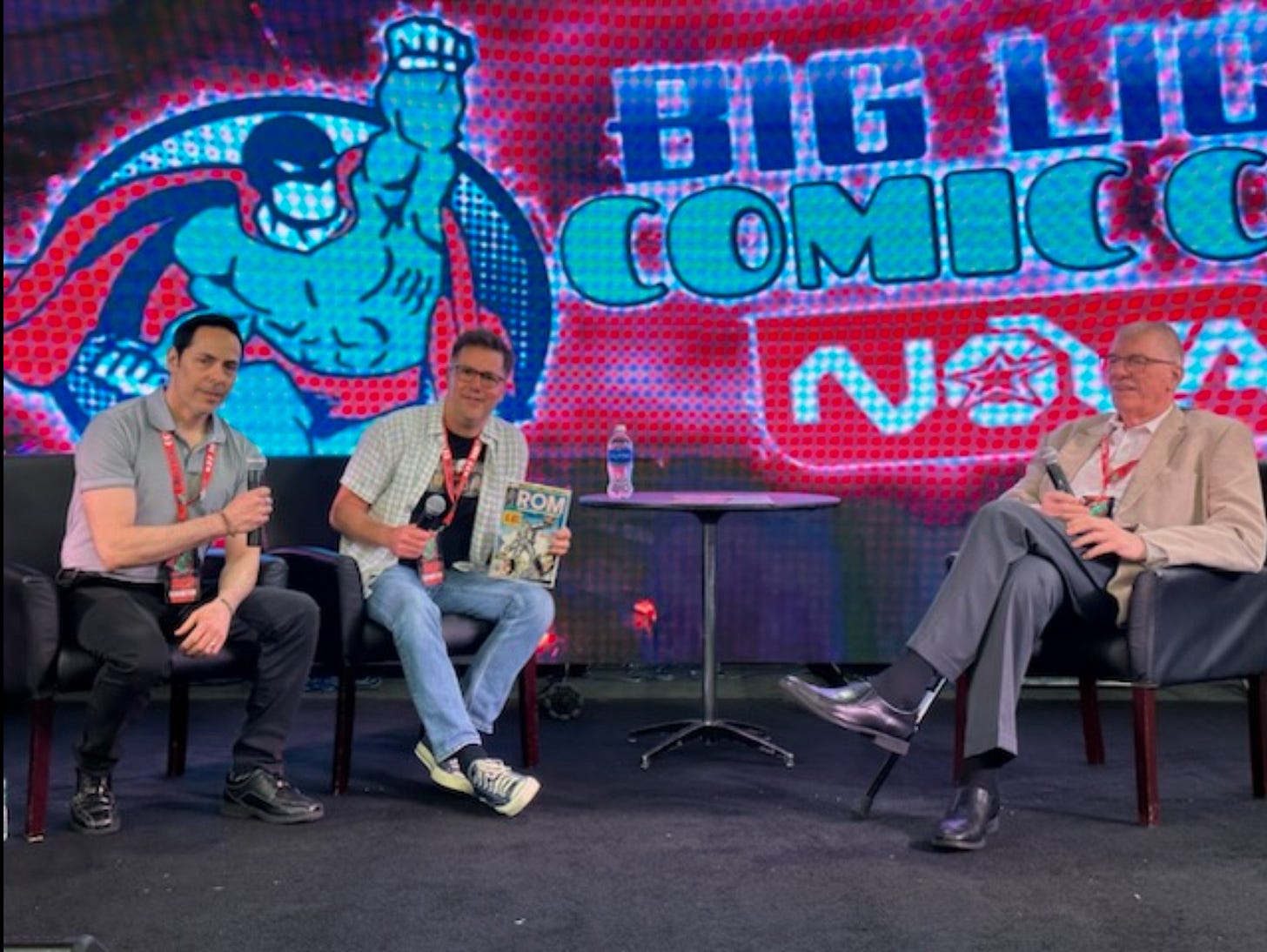

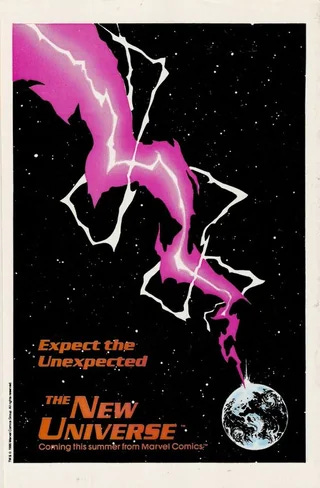
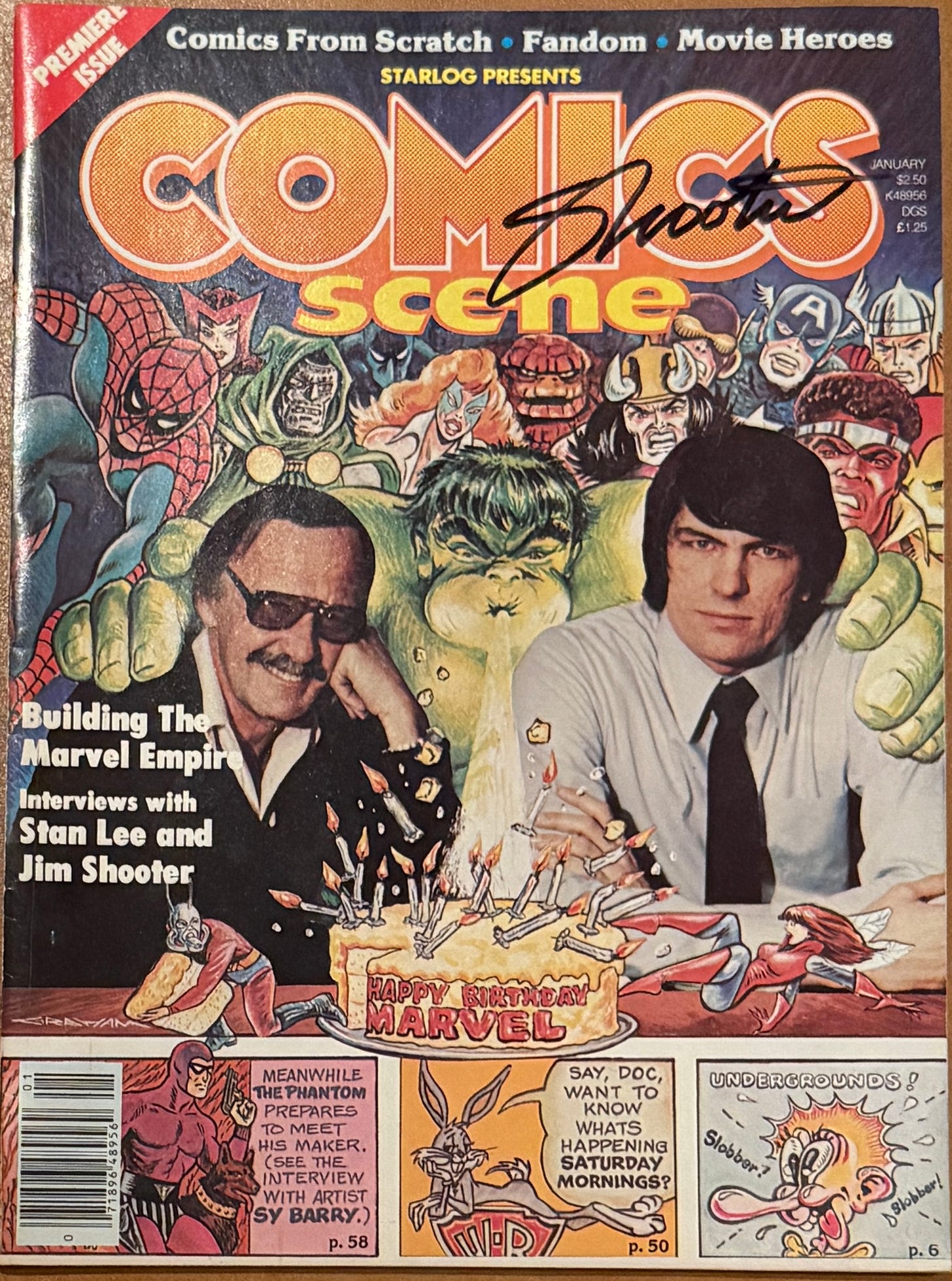

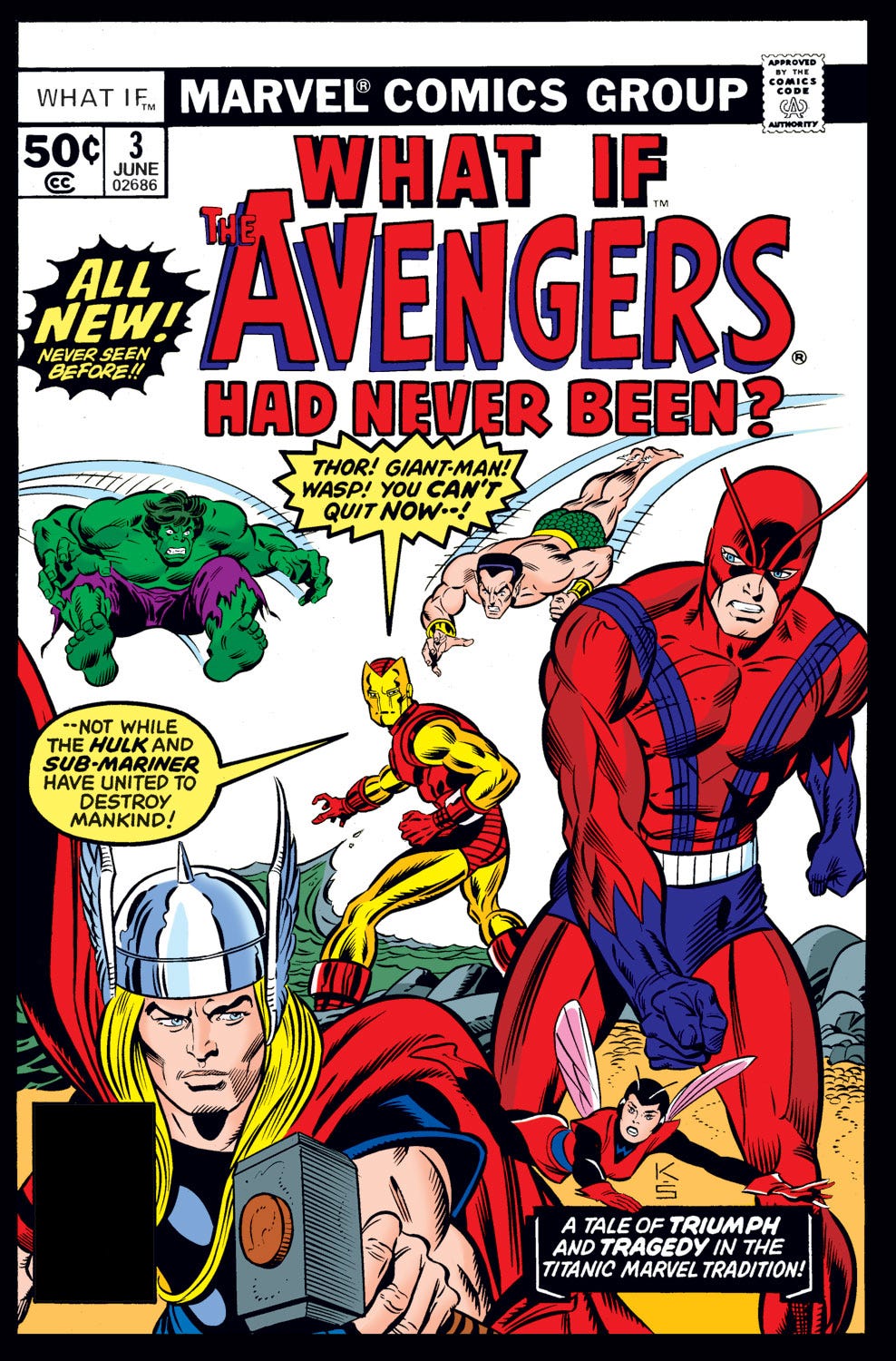
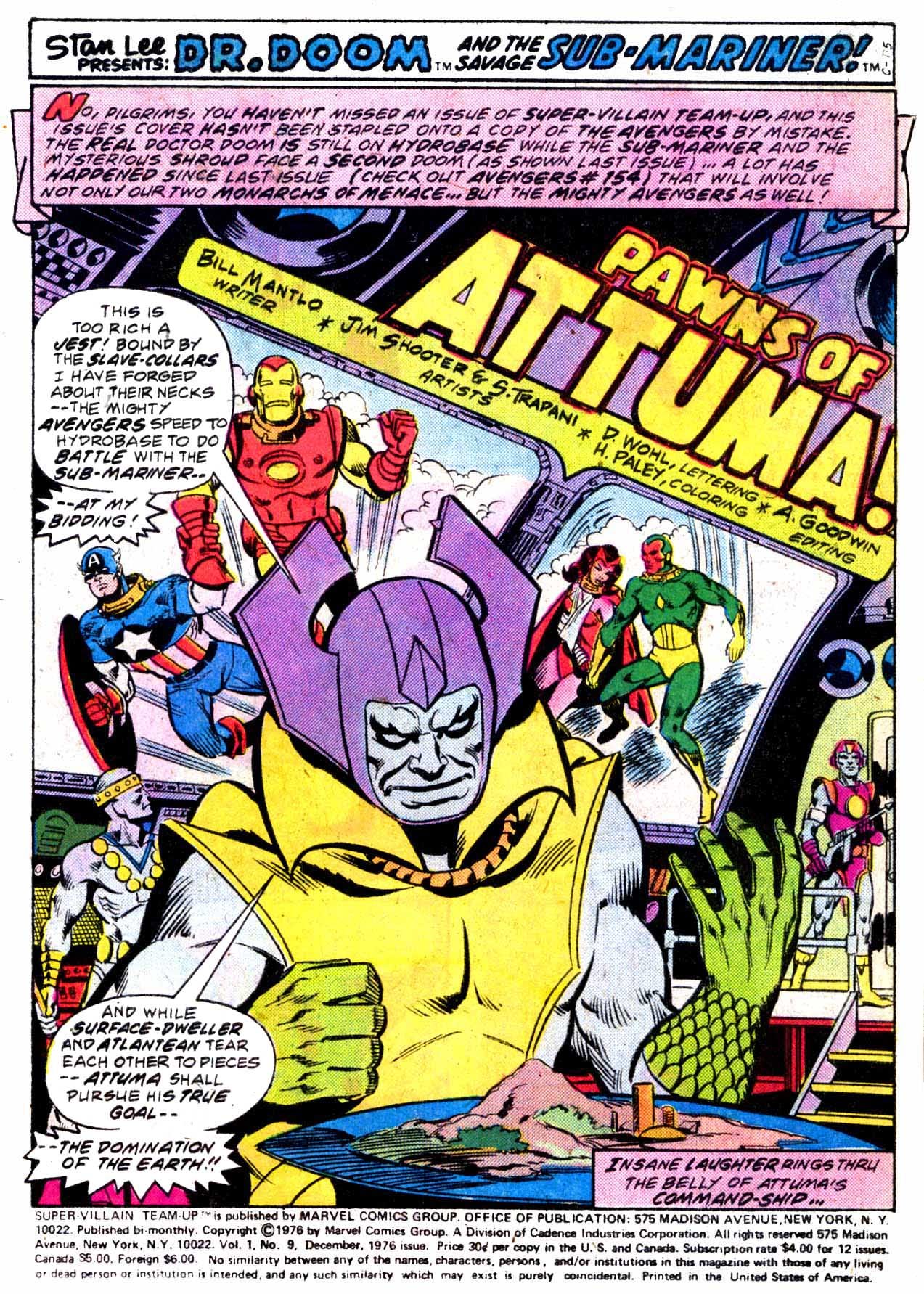
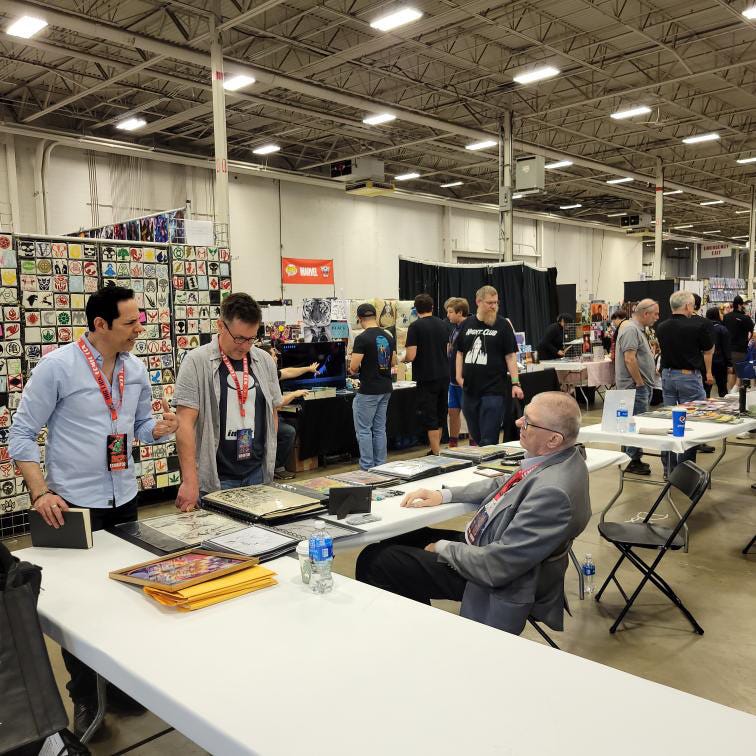
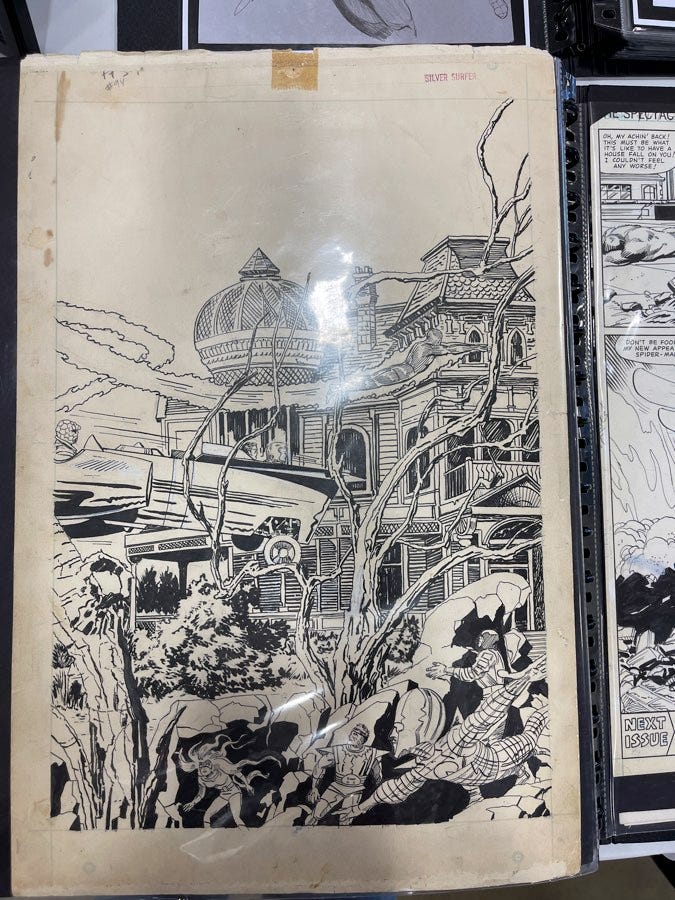
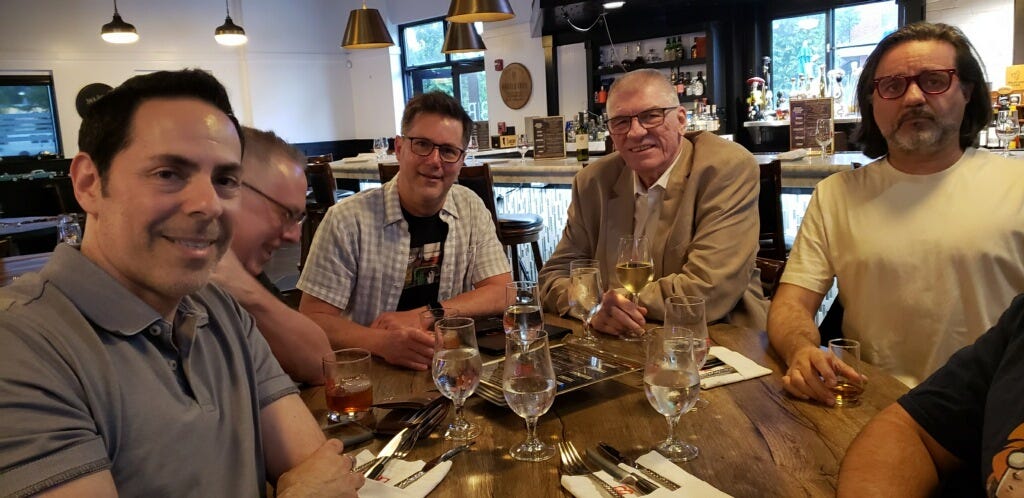
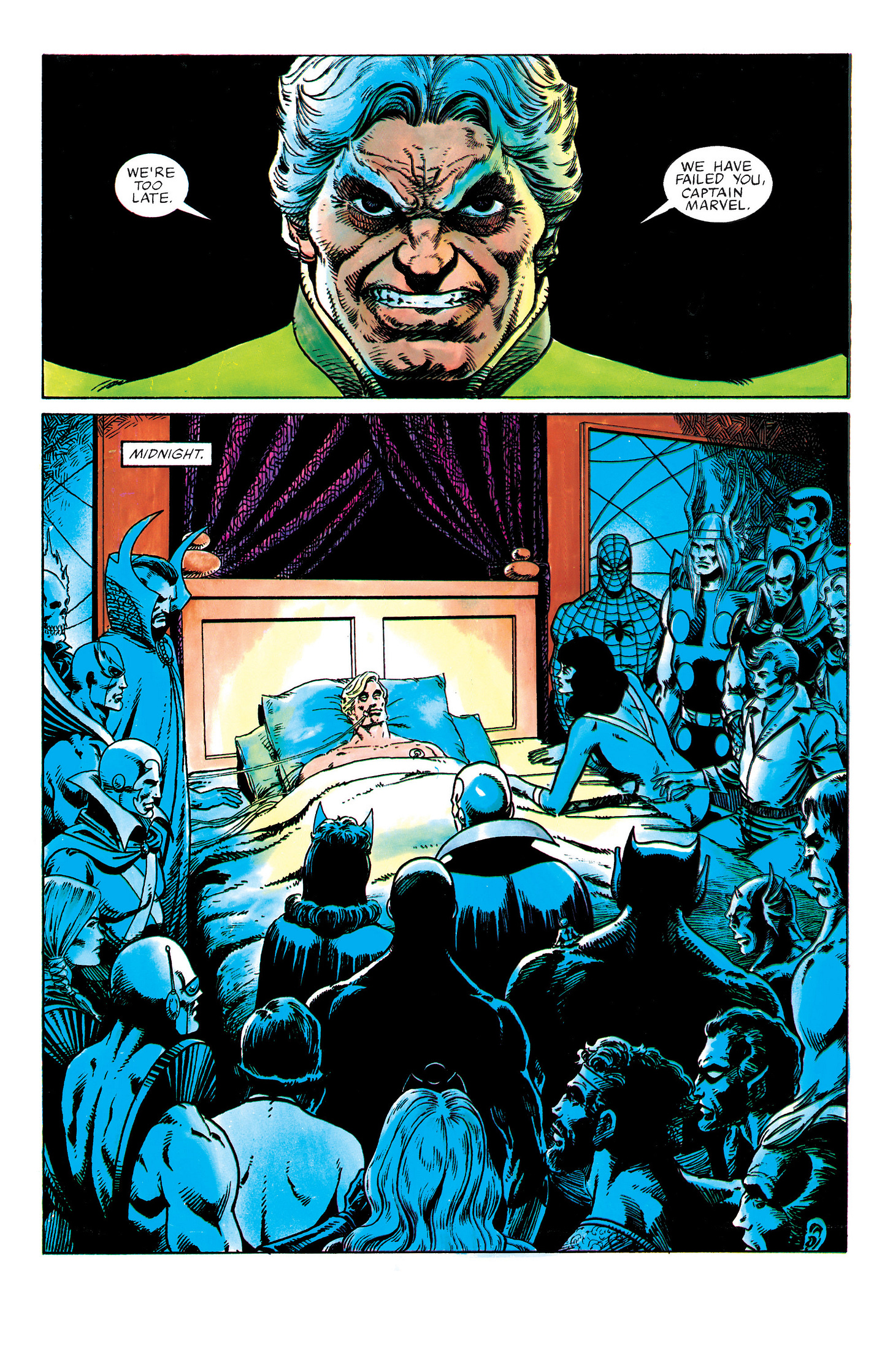
This is interesting -- I just found a reference to that Kirby page in an interview Jim did waaaay back in 1974, for The Legion Outpost! (Ironically, an interview that I reprinted as the editor of The Best of The Legion Outpost.) This was when he was out of comics, before he returned in the mid-70s to return to the Legion before he went over to Marvel editorial. This is what he told Harry Broertjes, who'd tracked him down in Pittsburgh:
"So I gave up the scholarship to give Marvel a try. The deal was that I got a regular salary for a 40-hour week at the office, and freelance for anything extra... and I was going to try some inking, coloring, and what-have-you. I did some editing -- art corrections, little story corrections and stuff like that. They showed me how to color and I hassled Sol Brodsky until he let me do some inking samples for him. And boy, he was a slick one; he gave me these two splash pages, one by Jack Kirby and the other by the guy who did Daredevil... Gene Colan. He said, "Here, see what you can do with these." And I was impressed, y'know, inking Jack Kirby. I thought that was cool. Anyway, I did it and I tried to be as faithful to his style as I could -- and that was my big mistake. I inked it like I thought he wanted it, the way the pencils suggested, because Kirby does a real thick job on machines and everything else. So I took it in and then Mr. Brodsky told me that this drawing had been rejected originally, and it had been rejected because it was too cluttered and had no depth. And I had so accurately interpreted Mr. Kirby that it was still too cluttered. Brodsky then told me what I should have done; he's a good art critic. By the way, everyone else in the office loved it. And let me tell you, Marie Severin at Marvel is one of the gentlest, kindest, nicest people on Earth."
Then he's asked, "The same thing happened to the Gene Colan sample?" to which Shooter replies, "It came out all right, but it wasn't anything special. Anyway, Brodsky really showed me how an illustration should be done." He also says he only worked at Marvel for about two weeks.
Smashing tribute, thanks Chris